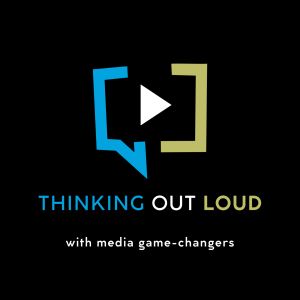Catholic Relief Services revamps its database and Web site JUST BECAUSE Catholic Relief Services isn’t spending a lot of money to upgrade its Web site and database is no reason to assume it isn’t serious about attracting new donors.
The Baltimore-based charity that aids refugees in war-torn countries will spend $50,000 on the project. That’s a modest amount, by some standards, but it will bring important benefits, notes direct marketing director Margaret Guellich.
The effort’s main target is the charity’s Web site (www.catholicrelief.org), which generated more than $1 million in revenue last year, according to Guellich. After the upgrade, any donor using the site will receive a near-instant acknowledgement of his or her gift. E-mail appeals will be sent out each quarter.
Because so much Web marketing is permission-based, CRS is sending online donors a series of questionnaires to determine their interests. Web site manager Laura Mirkovic stresses that CRS will not install cookies on the site to collect contributors’ information without consent.
Another potential revenue source is CRS’ online mall, which debuted in August. Web merchants that sell goods on CRS’ site will donate 5% to 15% of their sales to the charity.
To do these things, the group will have to freshen its database, which now includes donors’ contribution histories and information about their interests. CRS has started tracking the value of donors it had previously gotten from outside prospect lists; this information will allow it to predict how much these people might give two or three years down the road. And CRS is working on a system that can provide reps with donor information when calls from these contributors come in. It’s talking to outside vendors about enhancements, says Mirkovic.
These plans come on the heels of a year in which the charity’s active file grew by 100% to 300,000 names. It pulled in more than $100 million largely through a combination of mail, the Internet and telemarketing.
The average gift to CRS increased by 12% (to $71 from about $62), and some 40% of contributors gave more than they had in the past. The typical donation from prospecting mailings soared to nearly $40. By developing targeted messages to donors, CRS boosted its first-year renewal rate 21% and its retention rate 65%.
Over the past few years, the group has been trying to expand its donor file beyond Catholics, who make up 85% of the file. So it started mailing to health-related charities like the March of Dimes and subscribers to Fortune and Money magazines to appeal to younger and presumably more affluent donors. Each year, CRS sends out about 6 million donor and 11 million prospecting mailings.
CRS also has dipped into some 30% of its inactive file since 1997. “Those individuals already made a commitment at one point in their life to the organization so the chances of recapturing them were far greater than mailing to a cold prospect,” says Guellich. “And it’s cheaper [than prospecting].” Those efforts helped the agency double its donor file in the last four years.
CRS rolled 150,000 of its 550,000 lapsed donors into its prospecting mailings based on recency. The mailings went out five times a year and achieved a respectable 5% to 10% response compared with a less than 1% return on straight prospecting.
Better still, Guellich says, telemarketing got a 20% response. Calls are made to donors who haven’t contributed in 15 months. “As they’re dropping off the file they get a phone call,” she says. “We want to catch them before they lapse.”
A year-end holiday gift-giving push targets donors who’ve contributed over the past 24 to 36 months. CRS is also aggressively, and successfully, testing several reactivation offers that focus on the reason that initially prompted the donor to give.
For example, some 40,000 who gave donations to the African country of Rwanda during its genocide crisis in 1994, but had not given anything since, were targeted with a mailing during the 1999 civil war in Kosovo, Yugoslavia. The campaign drew a 25% response.
Another tactic included targeting those that identified themselves with an interest in Africa with prospecting pieces that included photos and copy of that country. “We’re looking at how [donors] come in to the file and are speaking to them about those issues,” Guellich says.
She says the typical $38 contribution CRS gets is $13 higher than the industry average.
 Network
Network

